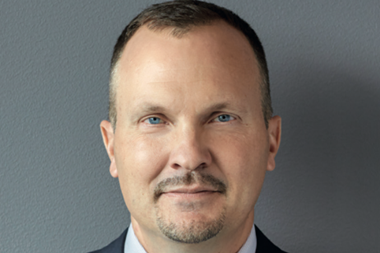The Swedish Pensions Agency (Pensionsmyndigheten) is calling for a debate on what should be done with the surplus that has accrued in the state pension system since 2015, asking when and to whom the extra capital should be distributed.
Publishing a report on the issue today, the government agency said that in times when assets in the income pension system – which comprises the bulk of the state pension – were lower than liabilities, the practice was to reduce the size of individual pensions paid out.
But now that assets were “significantly higher” than liabilities – with a current balance ratio of 1.08 – no dividend was being paid on the surplus, the authority said.
Ole Settergren, head of analysis at the Swedish Pensions Agency, said: “The pension system lacks rules for what should happen with a surplus, in addition to having the function of reducing the risk of negative balancing.”
He said that a buffer has been built up over the years.
“Therefore, it may be useful to discuss whether the buffer should be reduced, and in such cases how, when and to whom the surplus should be distributed. Not least against the background of the discussion about low pensions and fee increases that is being conducted,” Settergren said.
The agency said that when the sector’s balance ration was below 1, with liabilities exceeding assets, the indexation of the income pension system was slowed down until the balance ratio returned back to at least 1.
Today, it said, there was a surplus of over SEK800bn (€78bn) in the income pension system, and that it had been in surplus for the last six years.
The Swedish Pensions Agency said it had submitted an inquiry into the surplus in the income pension system back in 2004, with a proposal for the distribution of the surplus when the balance ration exceeded 1.1 – just above the current level – but said no decision had been made.










No comments yet